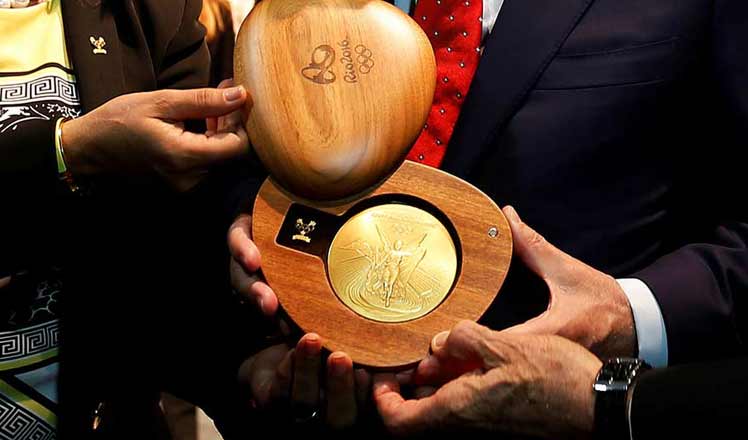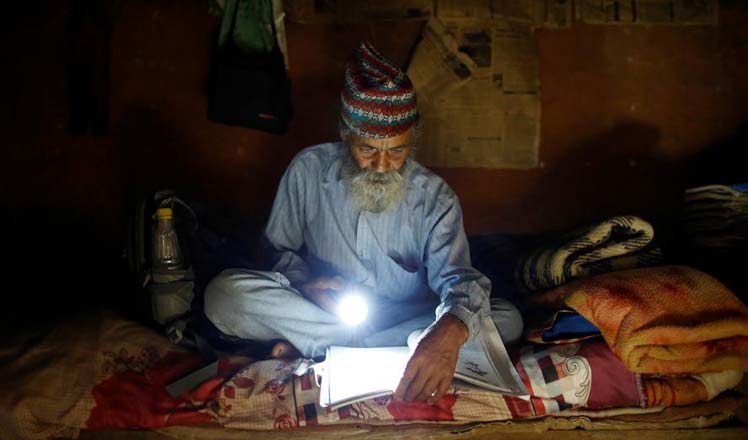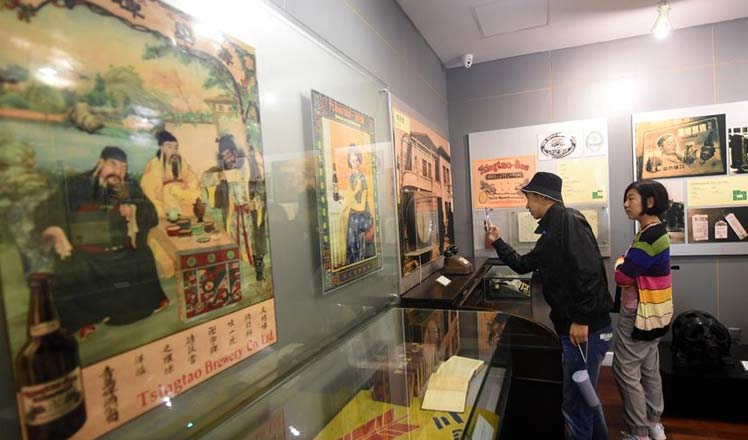Festival brings Northwest seafood industry together
Updated: 2016-06-16 04:51
By EDDY LOK(China Daily USA)
|
||||||||
The British Columbia Shellfish and Seafood Festival now underway in Comox, on Vancouver Island, has evolved for the Pacific Northwest seafood industry into a gathering of leading aquaculture businesses and suppliers, seafood and shellfish producers, chefs, exporters and educators to discuss and explore innovations, challenges and opportunities.
The 11-day festival that started on June 9 and ends on June 19 offers a wide range of opportunities to invest and participate in the growth of the local shellfish aquaculture industry, according to John Watson, executive director of Comox Valley Economic Development.
This year’s festival is being held in the middle of the aboriginal heartland of the Komoks in Comox Valley. It is showcasing award-winning and internationally renowned chef Hidekazu Tojo of Tojo’s Restaurant, chef Quang Dang and his acclaimed West Restaurant and chef Nathan Fong, award-winning food-stylist and media personality representing BC Seafood.
Comox Valley produces the most shellfish in British Columbia, and the most oysters in Canada, with the aboriginal Comox Valley's lakes and rivers having been harvested for millennia to provide a great variety of fish and shellfish.
Comox Mayor Paul Ives said during a tour of the local wharf that the challenge for local seafood companies is to produce enough and meet the growing demands especially from China.
"As we approach the Chinese market, we want to carefully make sure we go into that market with quality and standards ... we don't want to disappoint them by not having enough or having issues with the supply chain," he said.
Large buying missions also are coming in from Japan, South Korea, Vietnam, the Philippines, Europe and the US, according to Ives.
Sandy Moreland, president of Moreland Group, which exports BC seafood products to most Asian countries, said the bulk of seafood from Vancouver includes live prawns. Shipments must go overnight in a hurry, then put in holding tanks so that customers at restaurants in Asia can see live seafood. ``Chinese are willing to pay high premium for good seafood products," said Moreland, who gave up his job as a pilot years ago to go into the seafood business.
The economic impact of salmon farming to the BC economy is $1.4 billion, generating 5,000 jobs. Industry publication SeafoodSource has reported that the price of Canada-farmed salmon is expected to increase again in the second half of 2016, partly due to the Chile's massive toxic algae bloom.
"As long as they are willing to pay good prices, we are willing to ship to them on a daily basis. We want to broaden our market base as our products are reputed to be of quality,’’ Moreland said.
He said China is also the biggest buyer of live crabs, prawns, oysters and other marine produce.
Moreland sees a growing business not only for the Chinese mainland, but in Hong Kong, Malaysia, Singapore, Indonesia and the Philippines where the emergence of an increasing number of middle and upper class of people with greater disposable incomes buy what they want, including quality seafood.
Apart from trade, another significant area for Chinese investors has been Comox real estate.
"We welcome Chinese investors. There has been investment in a pulp paper mill nearby but has since been suspended as the market isn't there right now. Chinese are always open to opportunities. They are now talking about opening a hotel down here. It is a matter of time whether market can support it," Ives said.
- Planned Obama, Dalai Lama meeting protested
- 48-hour 'silence regime' starts in Syria's Aleppo
- UN Security Council adopts resolution on Libya arms embargo
- US extradites top drug lord 'El Guero Palma' to Mexico
- Houston firm joins China clean energy project
- Heaven over hospital: 5-year-old Julianna Snow dies on her terms

 Rio Olympics unveils medals
Rio Olympics unveils medals
 New photos capture life in China
New photos capture life in China
 Fair ladies at Royal Ascot
Fair ladies at Royal Ascot
 Never too old to learn; Nepal's 68-year-old student
Never too old to learn; Nepal's 68-year-old student
 Tourists visit beer museum in E China's Qingdao
Tourists visit beer museum in E China's Qingdao
 Turning straw to gold: folk artist's straw pyrography
Turning straw to gold: folk artist's straw pyrography
 People in shock after Florida nightclub shooting
People in shock after Florida nightclub shooting
 Shanghai Disneyland all set for official opening on Thursday
Shanghai Disneyland all set for official opening on Thursday
Most Viewed
Editor's Picks

|

|

|

|

|

|
Today's Top News
Abe's blame game reveals his policies failing to get results
Ending wildlife trafficking must be policy priority in Asia
Effects of supply-side reform take time to be seen
Chinese State Councilor Yang Jiechi to meet Kerry
Chinese stocks surge on back of MSCI rumors
Liang avoids jail in shooting death
China's finance minister addresses ratings downgrade
Duke alumni visit Chinese Embassy
US Weekly

|

|







